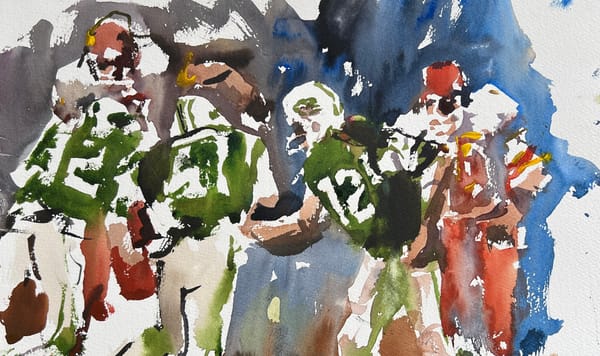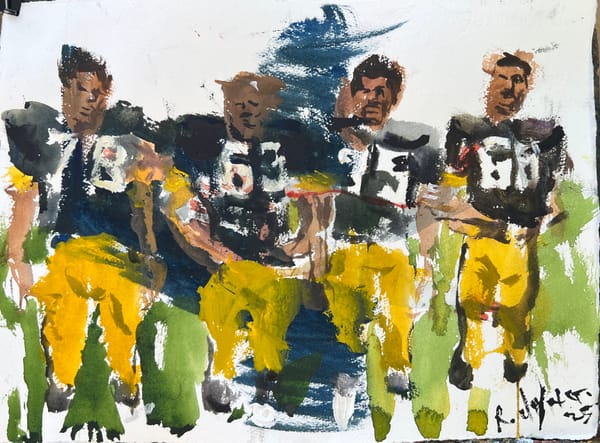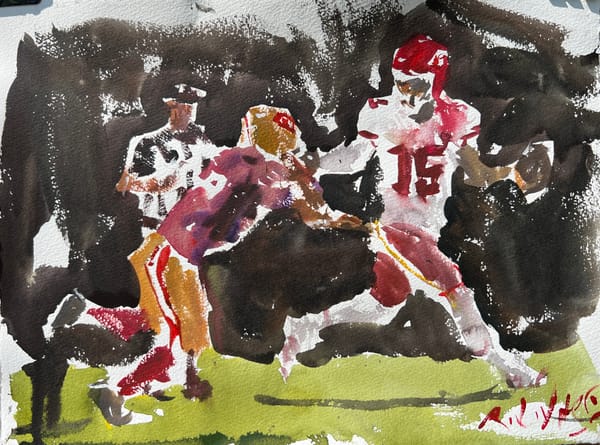Beginner's Guide to Acrylic Painting
Whether you’re new or seeking to enhance your art, this beginner's guide to acrylic painting is a valuable resource that will elevate skills.
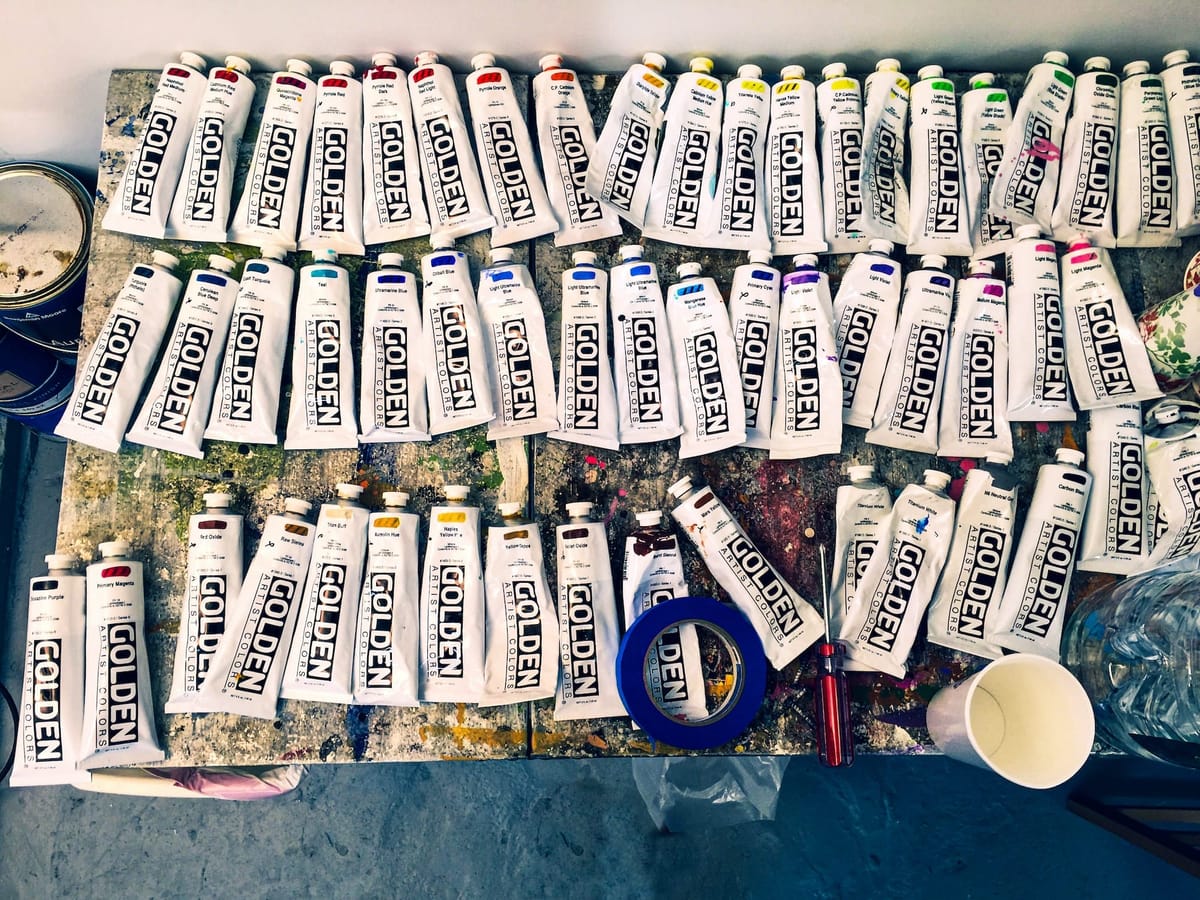
Discover a wealth of tips in this blog post, curated specifically for beginners in acrylic painting. Maximize your time and resources as you delve into the essentials of this versatile medium, from setting up your creative space to selecting affordable materials, choosing the right brushes, and exploring various subjects to paint.
Whether you’re new to acrylic painting or seeking to enhance your skills, this comprehensive guide is a valuable resource that will elevate your artistic journey to the next level.

Where Acrylic Painting Began
The roots of acrylic painting trace back to the groundbreaking work of German chemist Otto Rohm, who discovered and developed acrylic resin—a transformative material that soon evolved into paint. In the early 1900s, artists eagerly experimented with this innovative medium, despite its limited color range and tendency to dry quickly.
However, acrylic paints offered distinct advantages over traditional oil paints, such as quicker drying times and an alternative for artists seeking greater convenience and expression. As a result, acrylic painting gained popularity among artists who desired efficient workflow or sought alternatives to oil-based mediums.
Then it took off…
Andy Warhol played a pivotal role in establishing and elevating the art form of acrylic painting. Renowned for his iconic series of artworks, Warhol made a significant impact by creating masterpieces such as his Campbell’s Soup Cans, executed in acrylic paint.
These works demonstrated the medium’s remarkable capacity for achieving powerful clarity and visual impact. Warhol’s innovative and influential use of acrylics helped solidify its position as a respected and dynamic medium in the art world.

What is Acrylic Paint?
Acrylic paint is a versatile water-soluble medium commonly employed for painting and surface decoration. Unlike oil paint, which dries through oxidation and polymerization of linseed oil, acrylic paint dries through evaporation. This distinction allows for quick drying times and ease of use.
Acrylic paint offers artists a range of application methods, including brushes, palette knives, and various painting tools, making it adaptable to individual artistic preferences and techniques.
Is Acrylic Paint Ideal for Beginners?
Absolutely! One of the major advantages of acrylic paints is their fast drying time, allowing you to apply multiple layers without prolonged waiting periods. Unlike oil paintings that may require days to dry, acrylics let you seamlessly continue working as soon as the previous layer has dried.
Moreover, acrylics are forgiving compared to watercolors, which can be unpredictable and challenging to control. Acrylics, on the other hand, offer ease of use and a greater ability to anticipate the final outcome. This user-friendly nature makes acrylics suitable for artists of all ages, including children, as they provide a more manageable and enjoyable painting experience.
Materials you’ll need to get started with acrylic painting for beginners
Acrylic painting is a grand introduction to the world of art. It is a fun way to express your ideas and feelings. Below are the materials you’ll need:
- Good quality artist grade paint – I prefer Liquitex and Golden
- Affordable brushes – Avoid natural bristles as synthetic brushes are cost effective and perfect
- Paint palette – use glass, or buy disposable options
- Palette knife – a few for spreading paint and getting paint out of jars
- Acrylic sealant spray – optional, but some like to have it
- Gesso-primed canvas, canvas board, or heavy weighted paper – I prefer paper but canvas is most popular
- Two water reservoirs – one to clean brushes and one to have clean water to dilute paint thickness
- Pencil – something to draw and sketch with
- Firm board if you prefer paper – I use Gator-board
- A few old rags – wiping away excess paint and clean-up
- Paper towels and wipes for clean-up

When it comes to acrylic paints, choosing the right brand is essential for artists
Consider using artist-grade acrylic paints from reputable brands like Golden heavy body. Golden offers a range of professional-grade acrylic paints that cater to the needs of serious artists.
Similarly, Liquitex is a popular brand known for its extensive color selection. While these paints may be more costly, they offer superior quality with a higher pigment content and increased lightfastness, ensuring your artworks maintain their vibrancy and longevity over time.
You can start acrylic painting with just eight essential colors:
- Cadmium Yellow
- Yellow Ochre
- Alizarin Crimson
- Cadmium Red Light (or Medium)
- Ultramarine Blue
- Cobalt Blue
- Burnt Sienna
- Titanium White
These colors provide a versatile foundation, allowing you to mix and achieve a wide range of hues. As a beginner in acrylic painting, it’s important to take small steps and enjoy the learning process without complicating things with an excessive array of supplies. To learn more about how to expertly mix these colors, be sure to read the accompanying article, where you’ll discover professional tips and techniques.
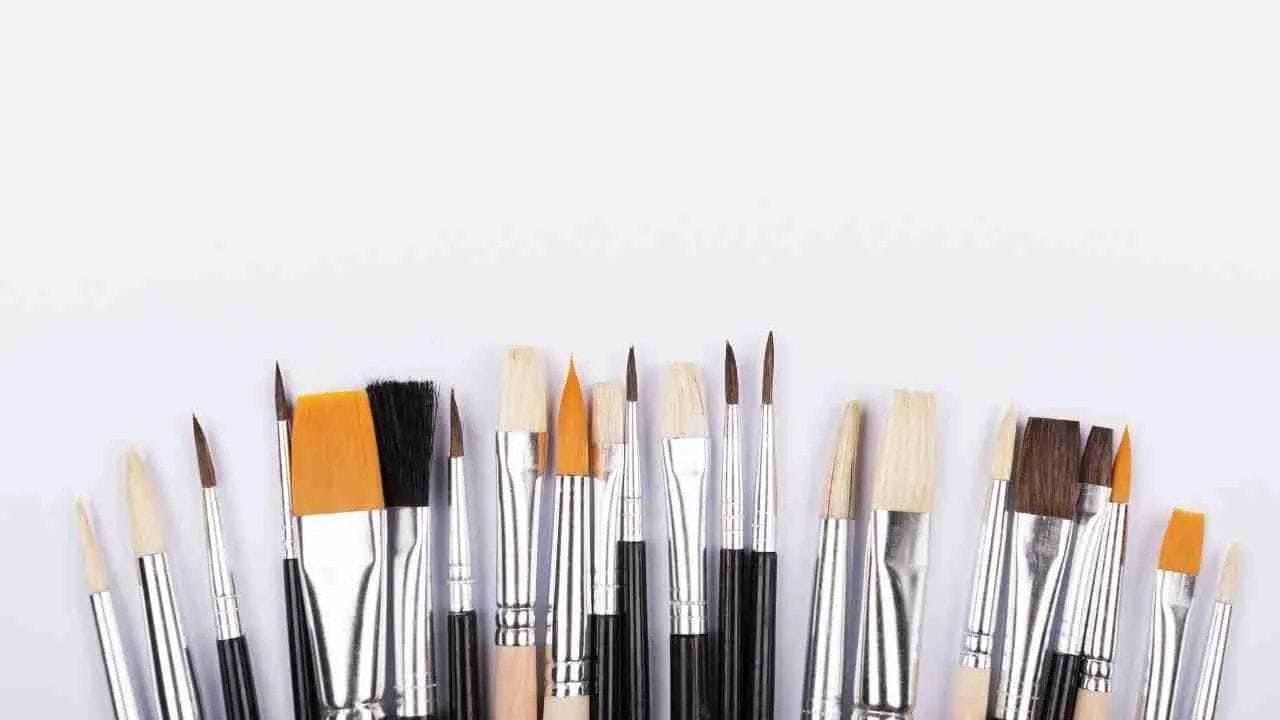
Having the Right Brushes
Acrylic paint brushes are essential tools for any painter, unless you prefer finger painting. The good news is, you don’t need to break the bank to get quality brushes. Synthetic brushes have made significant advancements in recent years and are suitable for artists at all levels.
As an experienced painter myself, I can assure you that cost-effective brushes can serve you well. For acrylic painting, I recommend starting with the following brushes, and if you are curious I prefer Princeton Catalyst Polytip Brushes which are suitable for small and medium-sized paintings. As you gain more experience, you can explore larger sizes to accommodate larger canvases:
- Flat brushes: #6, #12
- Round brushes: #4, #8
- Fan brush: #4
If you’re interested in learning more about the specific brushes I use and where to find them, I encourage you to read the accompanying article, which provides further information on this topic.
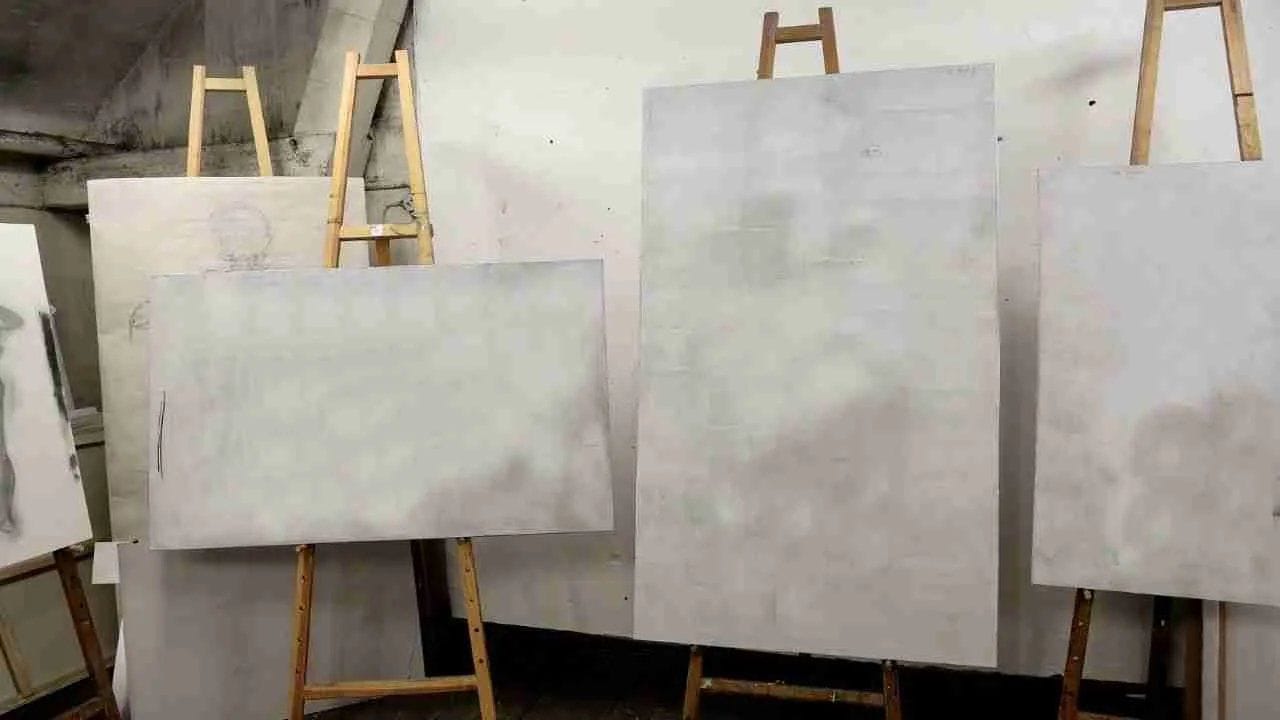
How to Choose Optimal Painting Surface
When it comes to choosing the right painting surface, the options can be overwhelming. For beginners, sturdy paper is a great choice to start with.
Consider using 140 lb. cold press water paper or Strathmore mixed media paper. These papers offer versatility and value for your money. You can even use both sides of the paper and easily adjust the size as needed.
Strathmore Mixed Media Paper is a reliable option that I personally use frequently.
If you prefer a more long-lasting option, acrylic sketchbooks are a great choice. They provide durability and prevent damage to your artwork. Look for a heavy paper like Strathmore 400 Series Acrylic Pads, which offers a linen texture for optimal paint adherence and layering.
Alternatively, if you prefer working on canvas, gesso-primed canvas is recommended. Many artists favor gesso-primed canvas for abstract painting.
Stocking up on canvas is a time-saving solution, and the Blick Super Value Canvas Bulk Pack – 16″ x 20″, Pkg of 40 is highly recommended. It provides plenty of canvas for you to create and explore your artistic vision.

Do you need an easel?
It’s not necessary, but if you have the space and prefer to stand while painting, investing in a stable easel like the Blick Studio Convertible Studio Easel is worth considering. However, if you want to save some money and don’t mind sitting, using a 2″x4″ to prop your art at an angle works just as well.
If you choose paper as your painting surface, using a firm board like Gatorfoam boards is recommended. These boards are water-resistant and durable, providing a stable surface for your artwork.
Consider using palette knives for mixing paint, as they can be helpful tools
While palette knife painting may not be suitable for beginners, it can be enjoyable and rewarding once you become more experienced. Start with a set of three-size palette knives for versatility and backup.
For various materials, use mason jars as paint reservoirs or opt for quart-size plastic cups if you prefer something more durable. You can find masking tape and paper towels at stores like Target or Walmart. Masking tape can be used to protect specific areas of your canvas, while paper towels are handy for cleaning your brushes between color changes.
A Beginner’s Guide to Getting Started with Acrylics Made Easy
Now that we’ve discussed the necessary materials, let’s focus on setting up your creative space!
Create your studio area
Establishing an organized studio area is crucial for efficient work. Choose a space with ample natural light, as it provides the best lighting conditions. Ensure that the area is spacious enough for you to move around comfortably.
Having all your supplies within reach is essential to avoid unnecessary disruptions. If you’re right-handed, place your palette, water reservoirs, and paintbrushes on your right side to prevent messy spills and facilitate a smoother painting process.
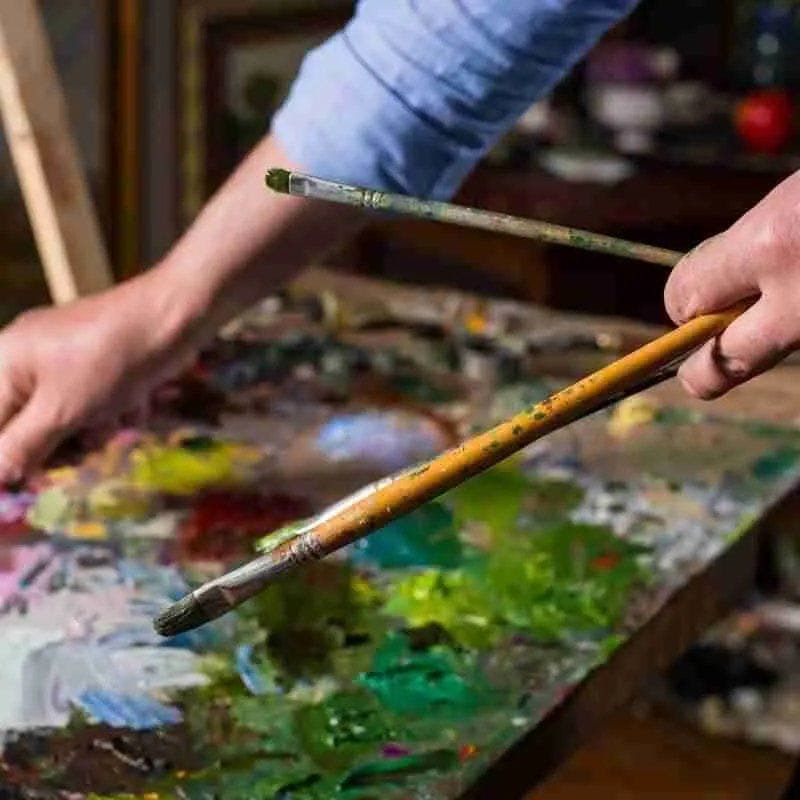
Embrace the Power of Water!
When working with acrylics, remember that water is your ally. Diluting the paint with water not only helps it flow smoothly but also facilitates brush cleanup. A general rule of thumb is to maintain a one-to-two ratio of water to paint in your acrylic creations.
Don’t forget to pre-wet your brushes too! This ensures seamless paint transfer onto the surface and makes cleaning up a breeze.
Get to Know Your Materials
Creating a welcoming and enjoyable learning environment is key. Dive right in by using some paper as your canvas and freely explore the medium. No specific subject is required at this stage. Start by covering both sides of two sheets of paper with your chosen acrylic paint. Experiment with various brushes and color combinations to discover your preferred techniques and styles.
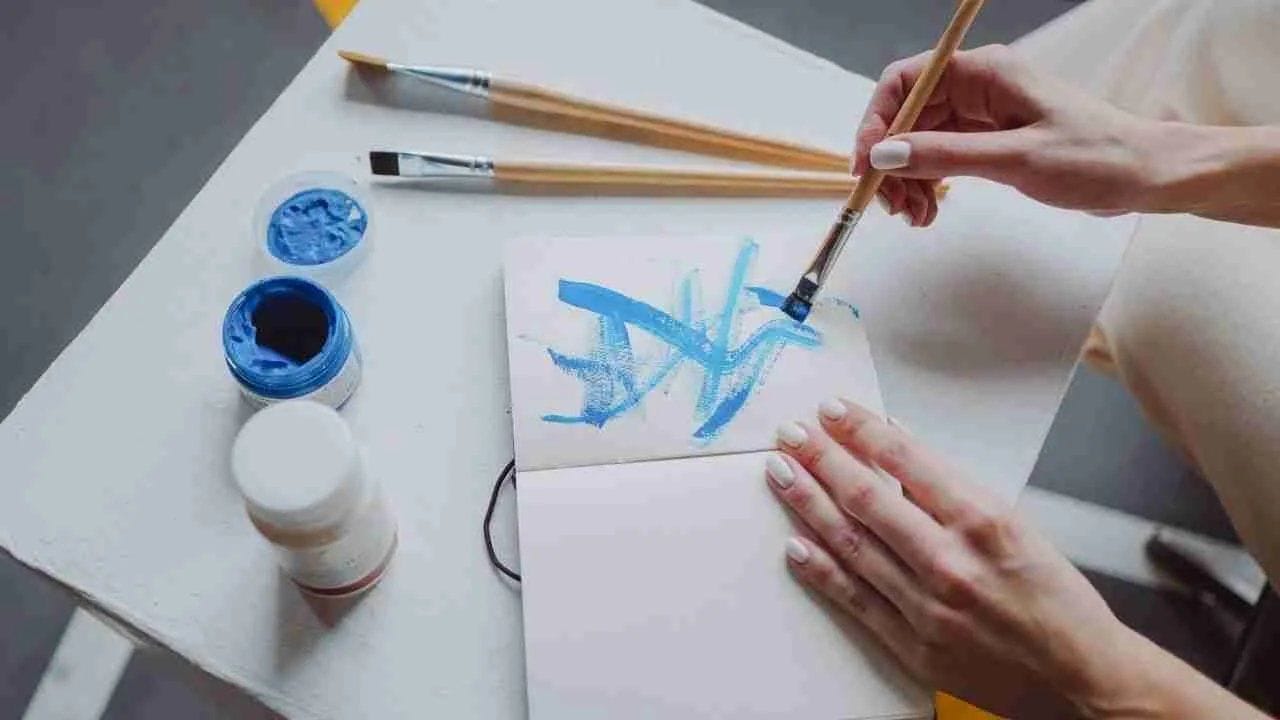
Start with Simple Shapes
When diving into acrylic painting as a beginner, start by painting simple shapes. Explore circles, squares, and triangles, and as you gain confidence, venture into three-dimensional forms like spheres, cubes, and pyramids. Experiment with light and dark values to add depth to your artwork.
Remember, there’s no need to stress about color or achieving perfection. Embrace the process of applying paint and enjoy the freedom of creating without worrying about the end result.
As you grow more comfortable with the materials, colors, and color mixing techniques, you can gradually progress to more advanced concepts such as landscapes and simple still life subjects.
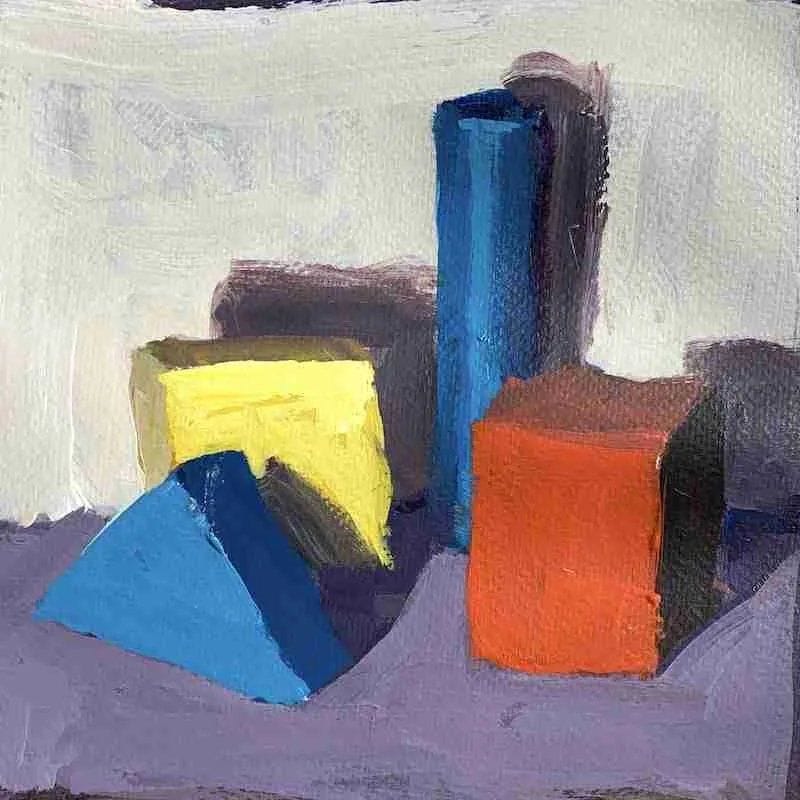
What’s Next?
We hope you found this beginner’s guide to acrylic painting enjoyable. To take your skills to the next level, immerse yourself in the art of color mixing, explore creative but easy ideas, and discover the significance of values. Expand your knowledge and skills by exploring additional courses and resources available.


